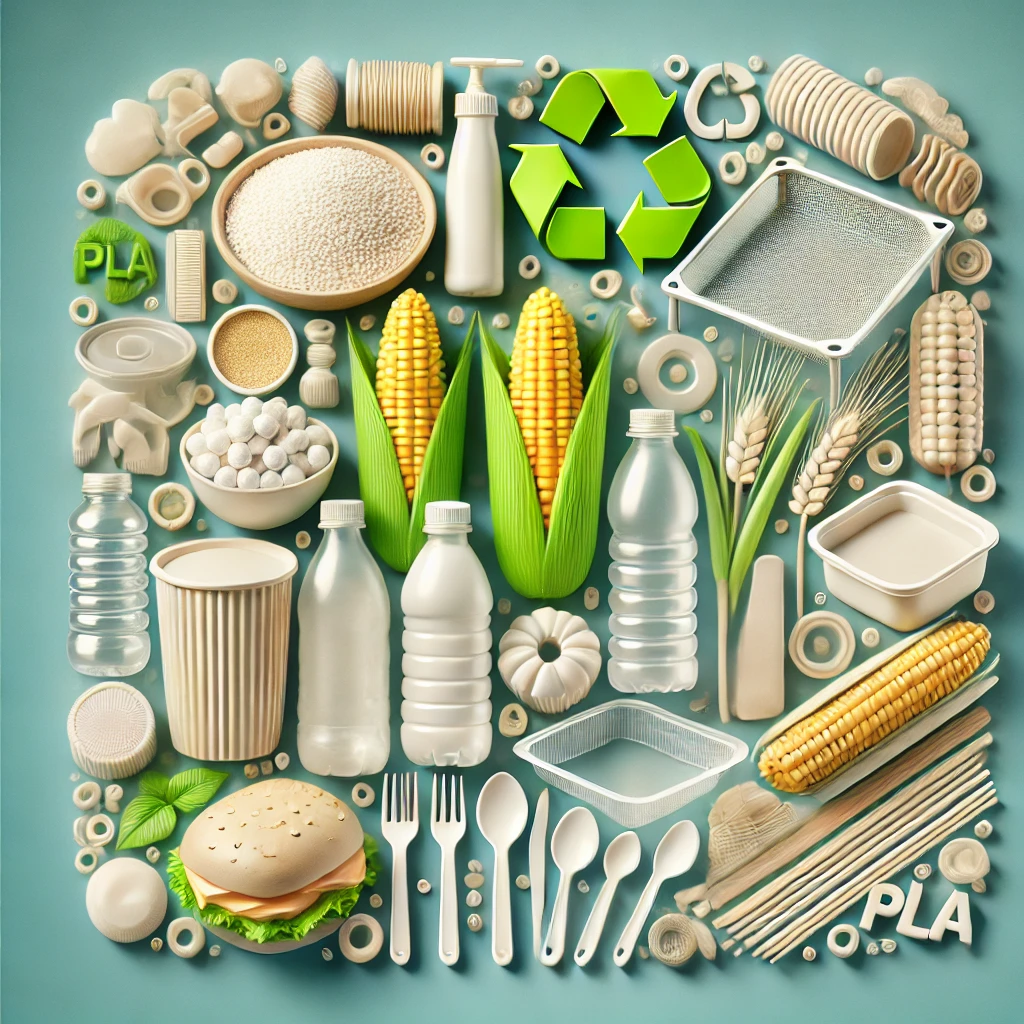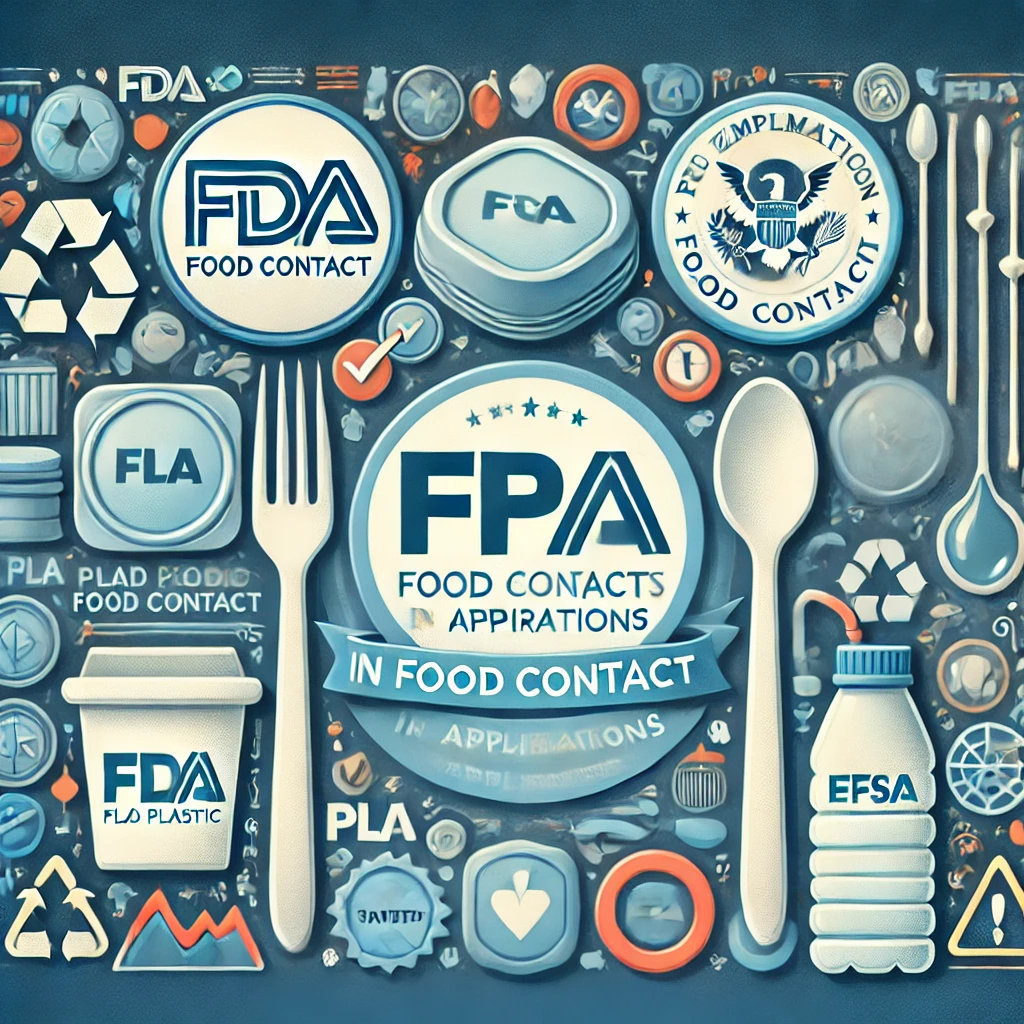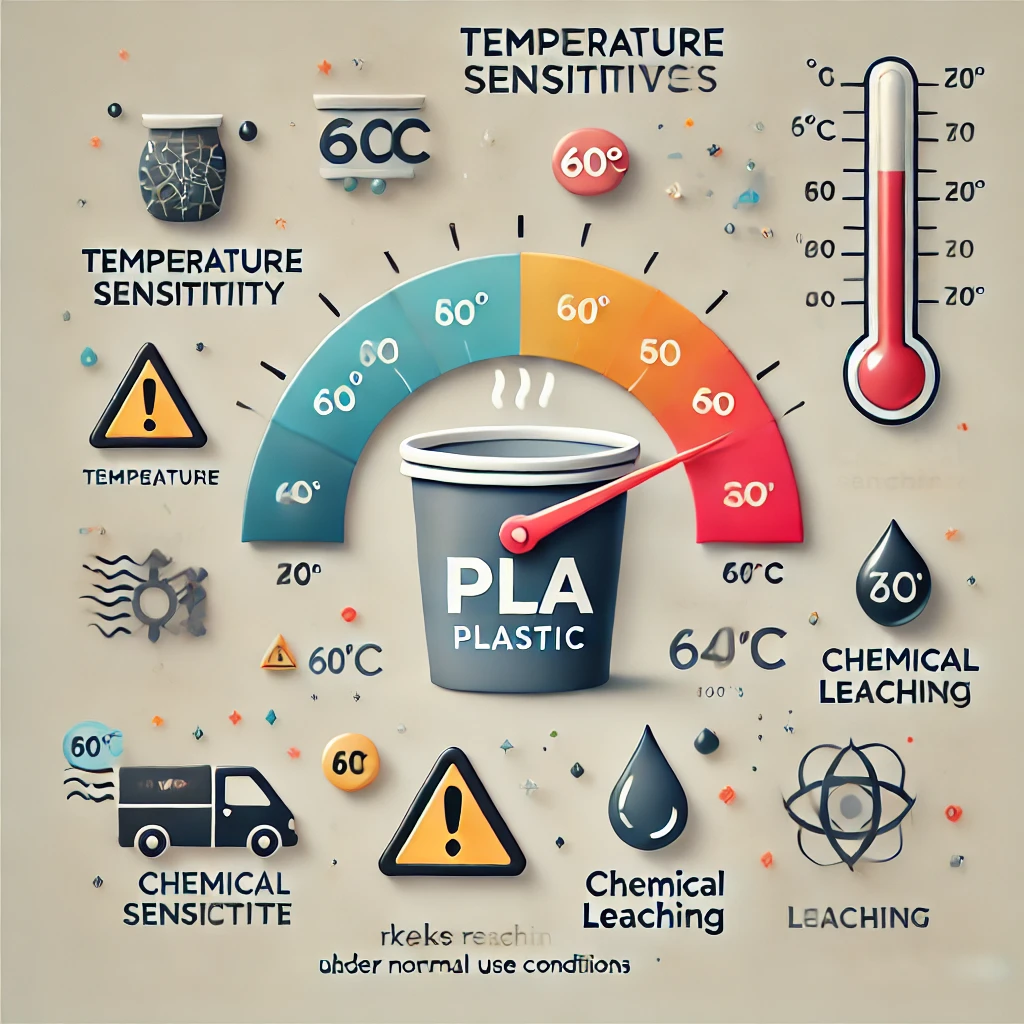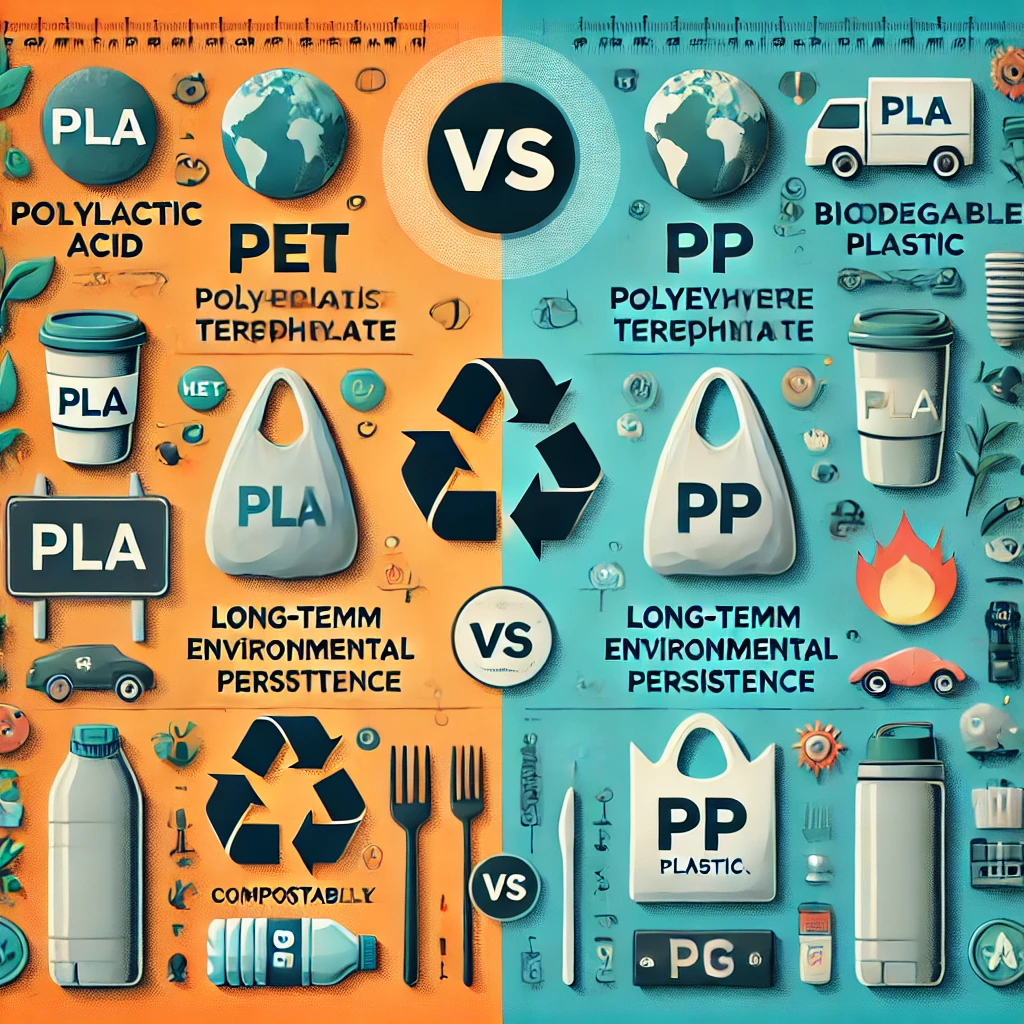Is PLA plastic food safe? This crucial question is increasingly important as more food packaging manufacturers turn to biodegradable options. This article delves into the safety of PLA plastic, examining its suitability for food-related applications.
What is PLA Plastic and Its Common Uses?
PLA (Polylactic Acid) plastic is a type of biodegradable plastic derived from renewable resources such as cornstarch and sugarcane. Unlike traditional petroleum-based plastics, PLA is designed to break down naturally over time, making it an attractive option for environmentally conscious consumers and manufacturers. PLA is commonly used in a variety of applications, including disposable cutlery, food containers, packaging materials, and even 3D printing.
Given its widespread use in food-related applications, knowing whether PLA plastic is food safe is essential. Consumers need assurance that the materials used to package and store their food are free from harmful chemicals and safe under various conditions. This article explores the safety of PLA plastic, backed by scientific research and regulatory standards, to provide a comprehensive overview of its suitability for food applications.
(Read more: What is PLA Plastic? Benefits, Uses, and Safety of PLA Material!)
PLA Plastic in Food Applications

Common Uses in Food Packaging and Containers
PLA plastic is frequently used in the food industry for applications such as:
- Disposable cutlery (forks, knives, spoons)
- Food containers and clamshells
- Drinking cups, lids and straws
- Food wrap and films
- Compostable bags
Benefits of Using PLA Plastic for Food Applications
The benefits of using PLA in food applications include:
- Biodegradability: PLA can break down in industrial composting facilities, reducing plastic waste in landfills.
- Renewable Resources: Made from plants, PLA reduces reliance on fossil fuels.
- Safety: PLA is generally recognized as safe by food safety authorities, provided it is used under recommended conditions.
Several companies and municipalities have adopted PLA for food packaging. For instance, Whole Foods Market uses PLA for its compostable food containers, and the city of San Francisco mandates the use of compostable plastics, including PLA, for single-use food service ware.
(Read more: Polylactic Acid Uses and Benefits You Need to Know!)
Is PLA Plastic Food Safe?
FDA and EFSA Regulations and Approvals

Both the U.S. Food and Drug Administration (FDA) and the European Food Safety Authority (EFSA) have evaluated PLA for food contact applications. The FDA has approved PLA for use in food packaging, provided that it meets specific criteria regarding temperature and food type. Similarly, the EFSA has deemed PLA safe for use in food contact materials under certain conditions.
Several studies have assessed whether PLA plastic is food safe in food contact applications. These studies generally conclude that PLA does not release harmful chemicals under normal use conditions. However, the safety of PLA can be influenced by factors such as temperature and the nature of the food it contacts.
Potential Risks and Concerns

Despite its approvals, there are some potential risks and concerns associated with PLA:
- Temperature Sensitivity: PLA is sensitive to heat and can begin to deform at temperatures above 60°C (140°F). This limits its use with hot foods and beverages.
- Chemical Leaching: Under certain conditions, such as prolonged exposure to high temperatures or acidic foods, there is a potential for chemical leaching. However, studies have shown that any leaching is typically minimal and within safe limits set by regulatory bodies.
PLA vs. PET, PP, and Other Common Food-Safe Plastics

When compared to other plastics like PET (Polyethylene Terephthalate) and PP (Polypropylene), PLA has distinct advantages and disadvantages. While PLA is more environmentally friendly due to its biodegradability, it may not perform as well as PET or PP in terms of heat resistance and durability.
One of the main benefits of PLA over conventional plastics is its environmental impact. PLA is compostable in industrial facilities, breaking down into carbon dioxide and water without leaving harmful residues. This contrasts with PET and PP, which can persist in the environment for hundreds of years.
(Read more: Is Polylactic Acid Biodegradable? Uncovering the Facts About PLA)
Conclusion and Best Practices
So, is PLA Plastic Food Safe? Yes, PLA plastic is generally considered safe for food contact applications under recommended conditions.
PLA plastic is generally considered safe for food contact applications under recommended conditions. It is approved by regulatory bodies like the FDA and EFSA and supported by scientific research indicating minimal risk of harmful chemical leaching. However, its use is best suited for cold and room-temperature foods due to its temperature sensitivity.
For high-quality PLA food containers and packaging solutions that adhere to these best practices, consider exploring the offerings from ONENICE. Visit our website to learn more about our commitment to safe, sustainable, and innovative packaging products.
Recommended articles:
How to Organize Bathroom Toiletries for a Clutter-Free Haven!
Wall Storage for Small Bathroom: 9 Steps to Maximize Space!

